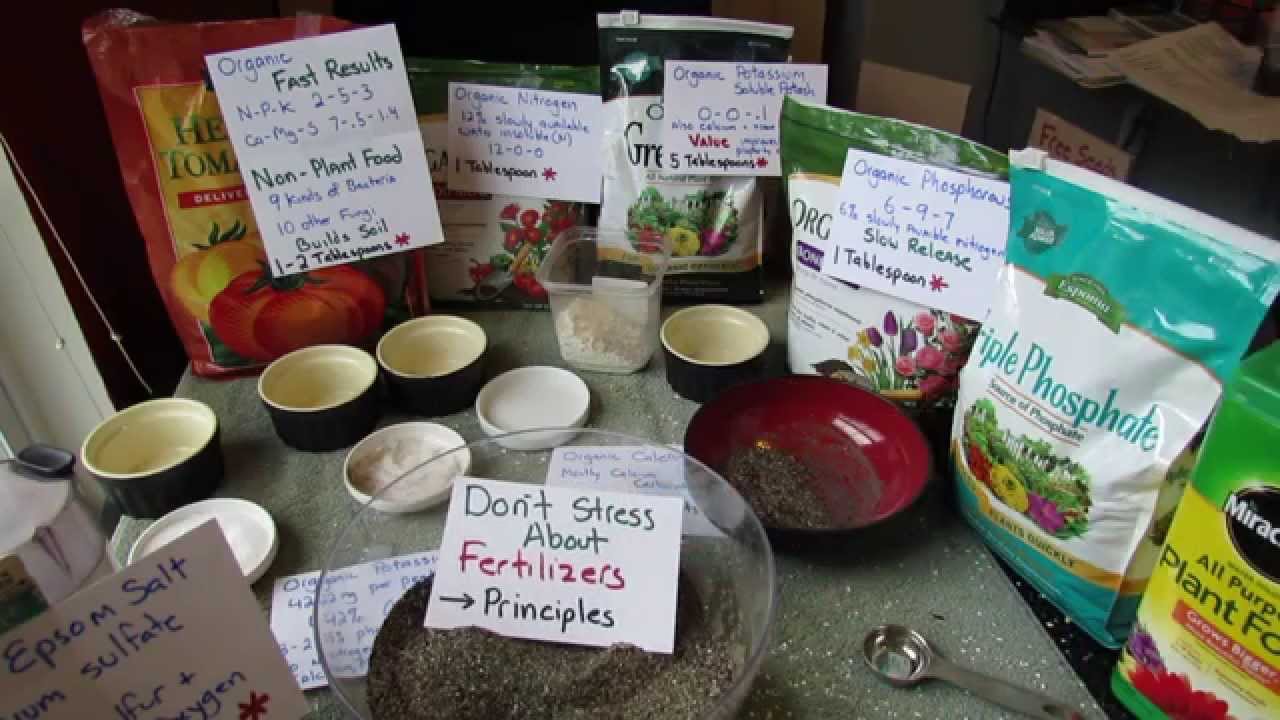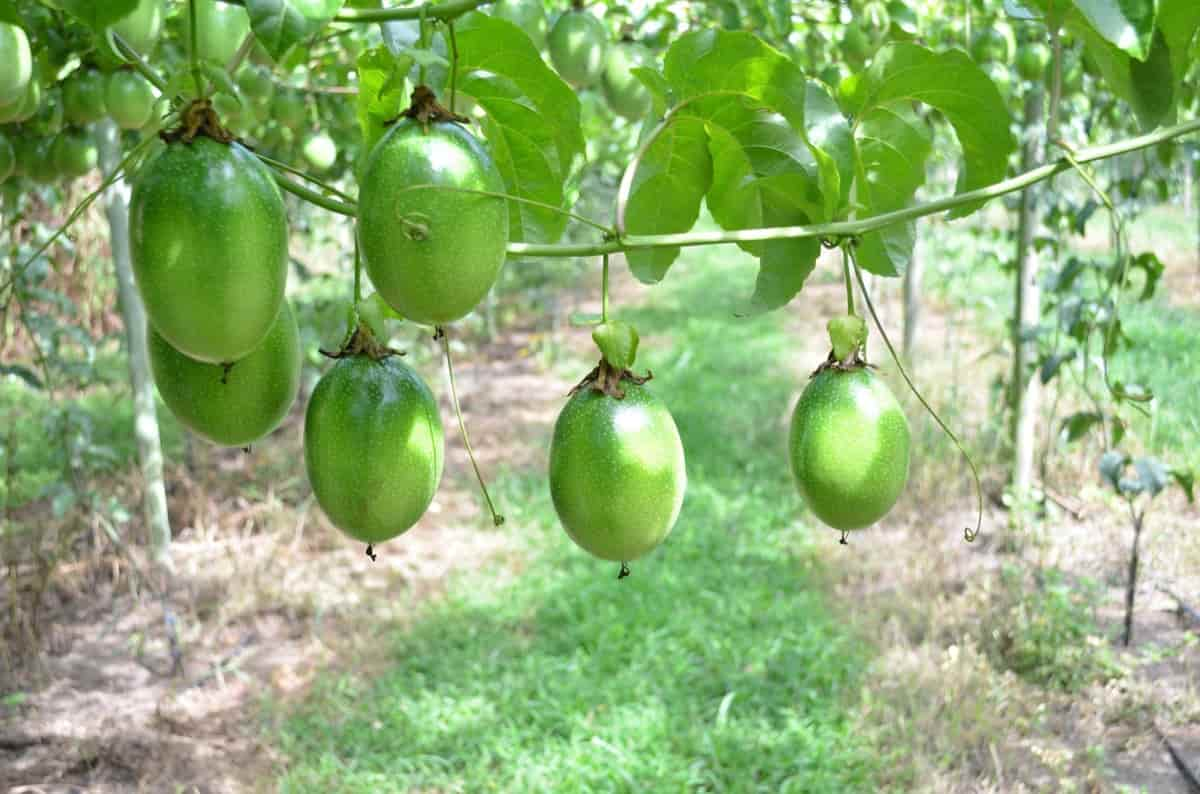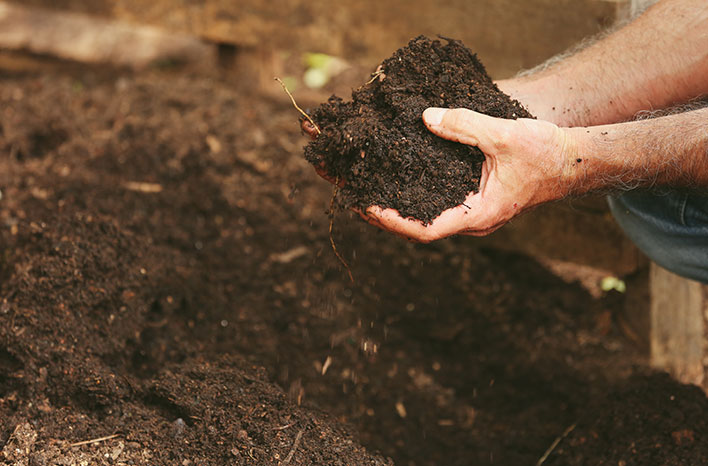How to Make Organic Slow-Release Fertilizer
Are you looking for a natural way to feed your plants and promote healthy growth? Look no further than organic slow-release fertilizer! This homemade fertilizer is easy to make, cost-effective, and environmentally friendly. By using organic materials, you can provide your plants with a steady supply of nutrients that will nourish them over time. In this article, we will show you how to make your own organic slow-release fertilizer using simple ingredients that you may already have in your kitchen or garden.
Ingredients
- Compost
- Banana peels
- Coffee grounds
- Eggshells
- Molasses
Instructions
1. Start by collecting your organic materials. You will need compost, banana peels, coffee grounds, eggshells, and molasses. These ingredients are rich in nutrients that will benefit your plants.
2. Chop up the banana peels and eggshells into small pieces. This will help them break down faster and release their nutrients into the soil.
3. Mix all of your ingredients together in a large bucket or container. Use a ratio of 1 part compost, 1 part banana peels, 1 part coffee grounds, 1 part eggshells, and a splash of molasses to help activate the fermentation process.
4. Cover the mixture with a lid to keep it moist and allow it to ferment. Stir the mixture occasionally to help aerate it and speed up the decomposition process.
5. After a few weeks, your organic slow-release fertilizer will be ready to use. Simply sprinkle it around the base of your plants or mix it into the soil. Your plants will thank you for the nutrient boost!
Benefits of Organic Slow-Release Fertilizer
- Slow-release nutrients provide a steady supply of food for plants.
- Reduces the risk of nutrient leaching and runoff, which can harm the environment.
- Promotes healthy soil structure and microbial activity.
- Cost-effective and easy to make at home.
Conclusion
Making your own organic slow-release fertilizer is a simple and effective way to nourish your plants and support a healthy garden. By using natural ingredients and avoiding harmful chemicals, you can promote plant growth while minimizing environmental impact. Give this homemade fertilizer recipe a try and watch your plants thrive!



